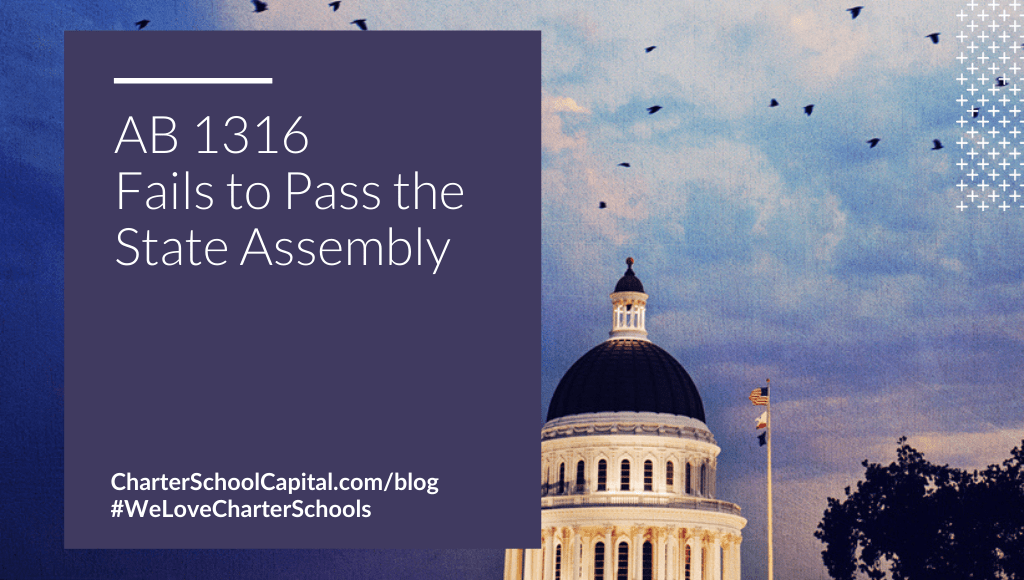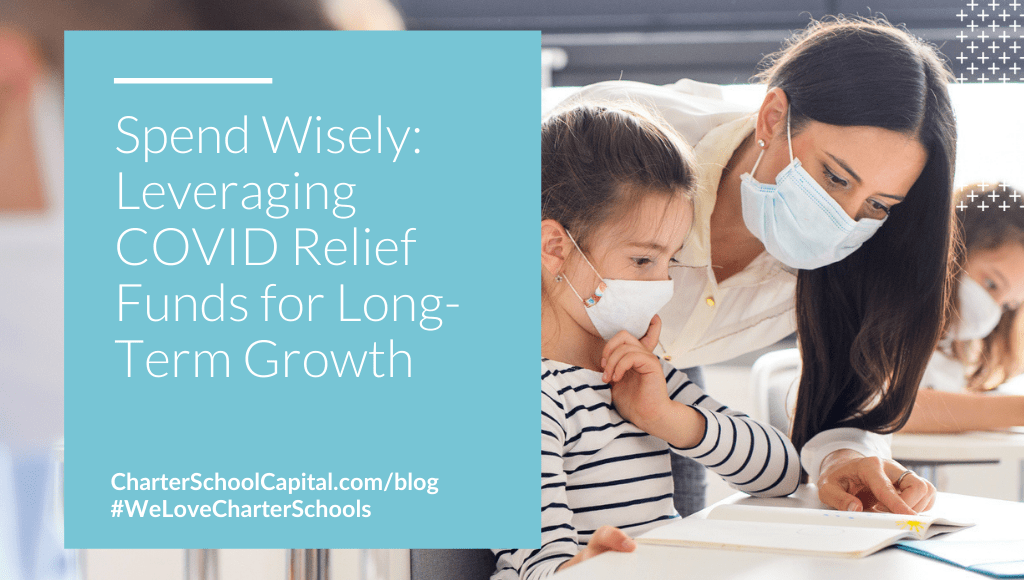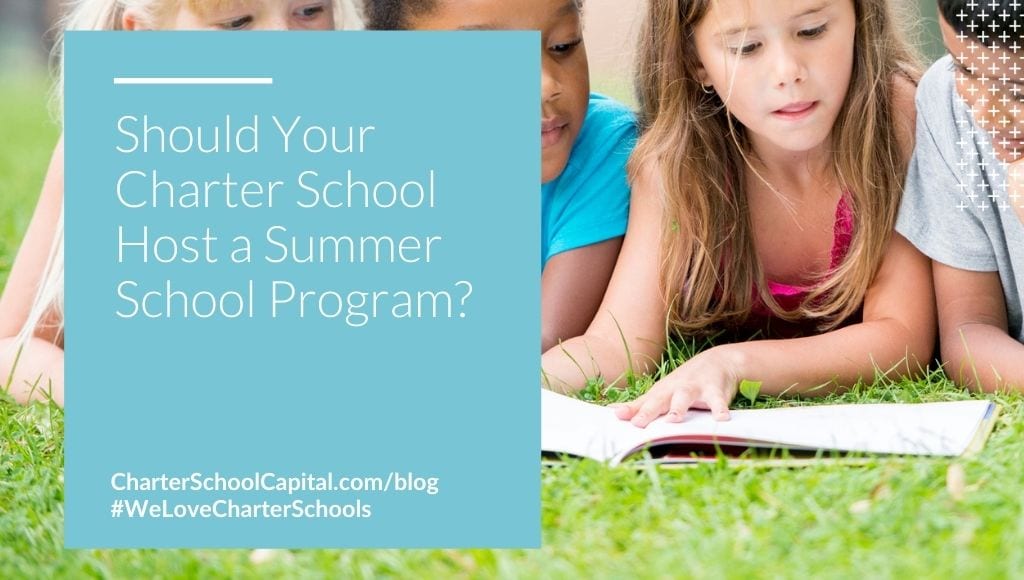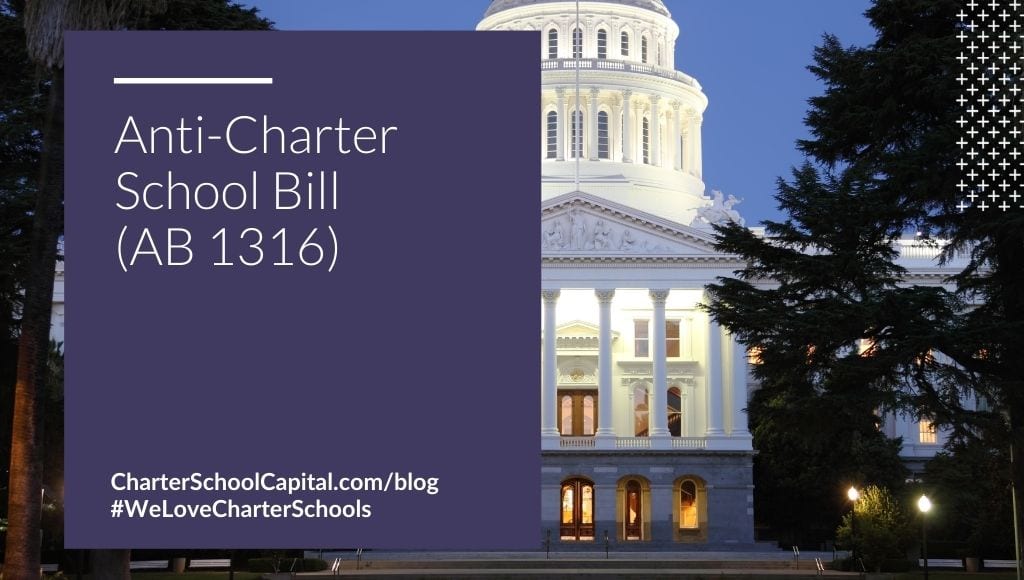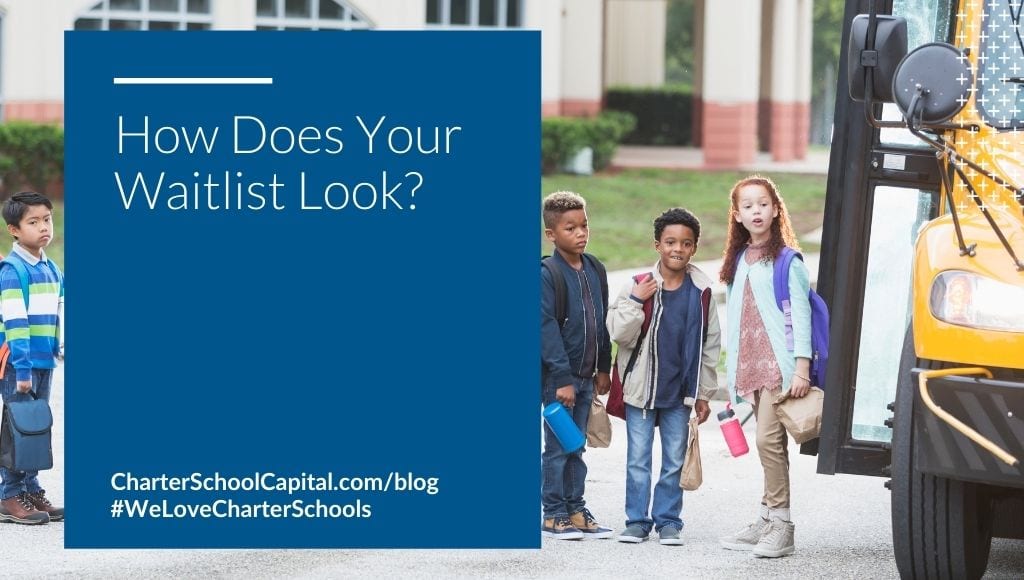
Article by Karen D’Souza, John Fensterwald, & Daniel J. Willis (republished from EdSource)
The pandemic has intensified a multi-year trend of dwindling student enrollment statewide, causing a steep drop this year. More than a third of the decline stemmed from 61,000 missing kindergartners.
Statewide, enrollment in K-12 public schools in California fell by almost 3%, or 160,000, students in 2020-21, according to annual data released Thursday by the California Department of Education. That’s the largest drop of the last 20 years, surpassing a 1% drop between October 2008 and October 2009.
That’s a net loss in students attending publicly funded schools. The last year has also seen an increase of 22,542 students attending publicly funded charter schools, which enroll about one in nine students in California.
There was also a notable dip at the level of 6th grade, with a decline of about 24,000 students. But the loss may not be as severe as it appears since this year’s 6th grade class is smaller than other years. The drop from last year’s 5th grade to this year’s 6th grade was 7,000.
The falling numbers were spread across the state, with the four largest school districts accounting for about a sixth of the decline in enrollment. Los Angeles Unified School District enrollment fell by 20,841 (4.76%); Long Beach by 2,003 (2.8%), San Diego by 4,270 (4.2%) and Fresno 909 (1.3%). In the Bay Area, Santa Clara and San Mateo counties all lost more than 3% and Marin fell by 4.7%.
There are some big variations among the state’s 2,291 districts and charter schools. Excluding county offices of education, 83% of traditional districts saw a decline in overall enrollment compared with only 48% of charter schools.
Most growth occurred outside of urban areas. Kern Union High School District, the state’s largest high school district with 41,854 students, grew 3%. Other districts where enrollment increased include Placer Union High School District, outside of Sacramento; Grossmont Union High School District in San Diego County and Dublin Unified, in Alameda County.
When it comes to kindergarten, however, the declines were more universal, a shift many experts expected. Across the state, more than four out of five districts with kindergartners saw a decline in kindergarten enrollment, and nearly 60% of charter schools that offer kindergarten also saw a decrease in kindergartners.
Causes for the slide in enrollment are myriad, complicated by existing trends including declining birthrates and people’s continued exodus from the state, as well as the sudden economic chaos wrought by the pandemic.
Confronted with the struggles of remote learning, including requiring a 5-year-old to sit still in front of a computer for hours daily while simultaneously balancing work and toddlers, some kindergarten parents simply kept their children in preschool, which offered the in-person interaction that young children need. Some parents also opted to send children to private schools, many of which resumed in-person instruction far more quickly.
Parents of about 20,000 students filed private school affidavits in 2020, bringing the total annual enrollment to about 517,000 students. The majority of these pupils shifted to homeschooling, state data show.
The loss of the kindergarten experience will reverberate for some students, even as educators consider how to make up for the lost time. Also, enrollment may bounce back if kindergartners return as 1st graders, as districts anticipate they will.
“California has among the largest achievement gaps in the country, and we know from research that those gaps are present before children arrive at school, so it is especially worrisome that so many kids missed out on kindergarten this year,” said Samantha Tran, senior managing director of education policy at Children Now, an advocacy organization. “This obviously was a hard year for children and families, and distance learning doesn’t really work for young kids. At this point, it will be critical that educators plan for and implement strategies to best serve all of the students who missed out on this critical step in their early schooling.”
Like kindergarten, 6th grade is also a traditional inflection point, when many students switch to a bigger middle school or shift to a private or charter school. Some families may have opted out of schooling entirely during the strife of the pandemic, or they may have left the state, seeking cheaper real estate and in-person instruction, all of which would cause a drop in the number of enrolled students.
“There’s not one single answer why. This is very complex because every family has their own circumstances,” said Stephanie Gregson, California’s chief deputy superintendent of public instruction. “We’ve seen a lot of people move out of California. That may have had an impact. Look at homeschool and look at private school. There are so many different factors that we can’t give you one succinct answer.”
It’s important to note that the state’s overall kindergarten figures include children in transitional kindergarten, a bridge between preschool and kindergarten for those born between Sept. 2 and Dec. 2. While these pupils will simply move up to kindergarten in the fall, traditional kindergartners will be expected to go to 1st grade, where experts say they may struggle. This issue is heightened by the fact that 1st grade is more academically rigorous now than in years past.
“In 1st grade, many children who have not been in kindergarten show more anxiety and sometimes completely shut down because they can’t do what their peers are doing,” said Janet Amato, a 1st-grade teacher in San Mateo. “I feel many parents don’t truly know all of what their child is expected to learn in kindergarten, so therefore don’t feel the need to send their child to school until first grade.”
Early childhood advocates have been calling for policies to support children who missed out on kindergarten due to the pandemic, especially since kindergarten is not mandatory in California.
“What will they do with the children who missed? Can they repeat? Can they go forward? What are we going to provide in the summer and fall going forward?” said W. Steven Barnett, senior co-director of the National Institute for Early Education Research (NIEER). “We need to address the learning loss and trauma due to the pandemic.”
Otherwise, some children, particularly those from low-income families, may struggle to keep up with their peers, worsening the already unsettling achievement gap. These concerns led Sen. Susan Rubio, D-Baldwin Park, to introduce Senate Bill 70, which would require all students in California to complete one year of kindergarten before entering the 1st grade, beginning with the 2022-23 school year.
“Missing kindergarten for most kids raised in comfortable, highly literate families will make little difference long term,” said Bruce Fuller, professor of education and public policy at UC Berkeley. “It’s the millions of children raised in homes where both parents work irregular hours, sitting before the TV in cramped housing. These young children, unable to attend kindergarten, will now enter public schools with weaker language and preliteracy skills.”
What steps should be taken?
Some say parents should have the option of placing a child in kindergarten instead of 1st grade, a stance that has champions in the Legislature. Assembly Bill 104, introduced by Lorena Gonzalez, D-San Diego, would give any parent or guardian the authority to request that their child be held back a year.
Others believe that programs, such as summer school and tutoring, can help children catch up before they enter 1st grade. Those same strategies would likely benefit students in all grades, including those who opted out of 6th grade.
State leaders are hoping to help school districts reach out to those families who became disengaged with schooling during the tumult of the public health crisis. They also predict many students will return when in-person instruction resumes.
“In a year that has been so challenging for educators, students and families, it is concerning to see this decrease, especially those in our youngest grades,” said Tony Thurmond, State Superintendent of Public Instruction. “While there are many reasons to stay optimistic that enrollment will rebound as conditions improve, allowing more schools to safely return to in-person instruction, we also must help schools identify opportunities to engage with families who either sought new options for their students during the pandemic, or need additional resources and support to connect with school and succeed.”
Many educators are confident that children and families can bounce back from the tumult and loss of the past year.
“Incoming students survived a pandemic. We have to remember that. In normal years, I would encourage all families to enroll in kindergarten. But this year was different,” said Gennie Gorback, president of the California Kindergarten Association. “Every family had their own situation and made educational decisions based on their needs and resources. We have to respect their decisions. Then, we must get to know our students’ individual learning needs and plan accordingly.”
Any economic impact postponed
The decline in enrollment this year should not affect funding, either statewide or in districts that saw a drop. Funding is tied to the average of daily attendance throughout the year, not on enrollment, which is based on how many students were enrolled on the first Wednesday in October. For funding purposes, districts and charter schools get to choose whether to report the attendance of the current or previous year, whichever is higher. Because daily attendance was difficult to calculate this year, districts will choose last year’s figures before the pandemic sent students home, but adjusted for the whole year.
Next year, however, the Legislature is expected to revert to a standard way of calculating attendance, which means that some districts whose enrollment does not bounce back this fall will have to assume lower revenue in their 2022-23 budget.
Digging Into The Demographics
Enrollment fell in all ethnic and racial groups this year, but white students had the largest numerical decline — 77,000 — and second biggest percentage drop: 5.6%. Only the loss of Native American students — 6.6%, due to a drop from 30,282 to 28,331 students — was larger.
The number of African American students has fallen yearly since 2014-15. But the drop from 325,000 to 310,000 – 4.5% — was significant for one year.
Even though Latino enrollment fell by 61,000 students to 3.3 million, Latinos now comprise 55.3% of the state’s students, up 0.4%, which is a record proportion.
Overall, there are more seniors this year than in any year since 2015-16. That could reflect an increase in fifth year seniors who had trouble completing credits last spring after their schools rushed into distance learning, and they decided to return in order to graduate.



